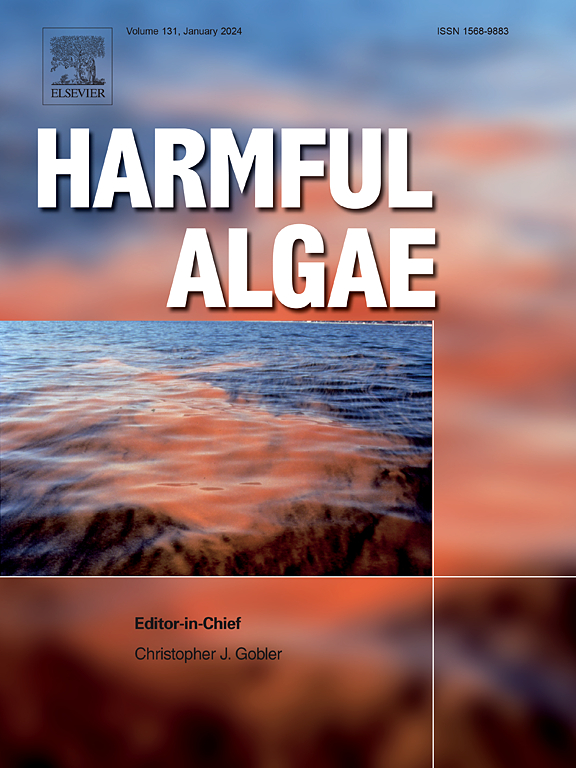Monitoring pelagic Sargassum in the Atlantic Ocean from space: Principles and practices
IF 4.5
1区 生物学
Q1 MARINE & FRESHWATER BIOLOGY
引用次数: 0
Abstract
While pelagic Sargassum as a critical habitat to marine animals is known to be abundant in the Sargasso Sea, Gulf of Mexico, and the Caribbean Sea, attempts to detect this brown macroalgae from space did not start until 2006 when the proof of concept was demonstrated with medium-resolution satellite sensors. The annually recurrent Great Atlantic Sargassum Belt (GASB) since 2011 motivated efforts to develop new algorithms and approaches to detect and quantify Sargassum using data collected by various satellite sensors. This is mainly because of this macroalgae's harmful impacts on the coastal environments. Here, we review the principles and practices of using satellite remote sensing to map, quantify, and monitor pelagic Sargassum in the Atlantic Ocean. We first present the concept of how Sargassum can be detected, discriminated (against look-alikes), and quantified, where four types of data products are defined to meet the various needs. Then, we present the various published approaches in realizing such a concept using data collected by different satellite sensors. Following this concept and using recently developed algorithms and medium-resolution satellite data, we show the spatial distribution patterns and temporal changes of the GASB as well as a near real-time system to monitor Sargassum in the GASB. Finally, we discuss the gaps in the current technology and propose pathways forward to fill these gaps.

从空间监测大西洋中上层马尾藻:原则和做法
虽然众所周知,作为海洋动物重要栖息地的上层马尾藻在马尾藻海、墨西哥湾和加勒比海大量存在,但直到2006年,人们才开始尝试从太空中探测这种棕色大型藻类,当时用中等分辨率的卫星传感器证明了这一概念的有效性。自2011年以来,每年周期性的大大西洋马尾藻带(GASB)促使人们努力开发新的算法和方法,利用各种卫星传感器收集的数据来检测和量化马尾藻。这主要是由于这种大型藻类对沿海环境的有害影响。在这里,我们回顾了利用卫星遥感来绘制、量化和监测大西洋中上层马尾藻的原理和实践。我们首先提出了马尾藻如何被检测、区分(与相似的)和量化的概念,其中定义了四种类型的数据产品以满足各种需求。然后,我们介绍了利用不同卫星传感器收集的数据实现这一概念的各种已发表的方法。根据这一概念,利用最近开发的算法和中分辨率卫星数据,我们展示了GASB的空间分布格局和时间变化,以及一个近实时监测GASB马尾藻的系统。最后,我们讨论了当前技术的差距,并提出了填补这些差距的途径。
本文章由计算机程序翻译,如有差异,请以英文原文为准。
求助全文
约1分钟内获得全文
求助全文
来源期刊

Harmful Algae
生物-海洋与淡水生物学
CiteScore
12.50
自引率
15.20%
发文量
122
审稿时长
7.5 months
期刊介绍:
This journal provides a forum to promote knowledge of harmful microalgae and macroalgae, including cyanobacteria, as well as monitoring, management and control of these organisms.
 求助内容:
求助内容: 应助结果提醒方式:
应助结果提醒方式:


